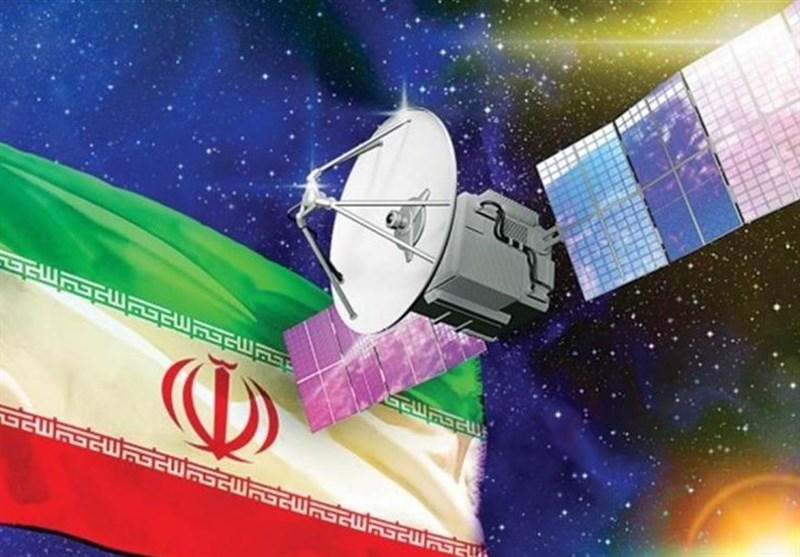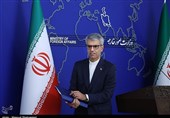An Overview of Iran's Advanced Space Endeavors
TEHRAN (Tasnim) – In recent years, Iran has made significant strides in its space exploration endeavors, focusing on the deployment of both observation and communication satellites.
Aligned with strategic development plans, the nation has successfully launched several satellites while gearing up for more ambitious projects.
Iran has recently propelled numerous satellites into space, concentrating on advancing its indigenous capabilities in observation and communication technology. This push aligns with the objectives outlined in Article 67 of the Seventh Five-Year Development Plan, specifically targeting improvements in the Iranian Space Industry. Explore the details of Iran's satellite program, from past achievements to upcoming missions set to elevate its standing in the realm of space technology:
- Sina-1: Launched in November 2005, this communication and imaging satellite was launched by Cosmos-3M rocket in collaboration with the Russia.
- Omid: Launched in February 2009 from Semnan, this communication satellite descended over South America and the Atlantic Ocean in April 2009.
- Rasad: Iran's inaugural imaging satellite, launched in June 2011, concluded its three-week mission in July 2011.
- Navid: Launched in January 2012, this imaging satellite contributed to space exploration.
- Fajr: Launched in February 2015, this transfer orbit satellite reportedly crashed on February 25, 2015.
- Tolou-1: Launched in August 2017 from Imam Khomeini Spaceport with the Simorgh rocket, it was an imaging satellite. Unfortunately, the launch was not successful, and the satellite did not enter orbit.
- Payam: Launched on the morning of 14 January 2019 from Semnan with the Simorgh rocket, it was a scientific satellite belonging to Amirkabir University. Regrettably, the launch did not succeed, and the satellite did not reach orbit.
- Doosti: The second unsuccessful launch in 2019, developed by Sharif University under the Iranian Space Agency's supervision.
- Zafar-1: Launched on 9 February 2020 with the Simorgh rocket, it was intended for remote sensing. Unfortunately, it failed to reach the necessary speed and crashed during the third stage of the launch.
- Noor-1: Launched in April 2020, this is a remote sensing and observation satellite.
- Noor-2: Launched in February 2021, another remote sensing and observation satellite.
- Khayyam: Launched in August 2022 from the Baikonur Cosmodrome, this is a remote sensing satellite.
- Noor-3: Launched in October 2023, marking another venture into remote sensing and observation.
Satellites in the final stages of launch and under development include:
- Kowsar : A private-sector satellite focusing on precision agriculture and mapping, scheduled for launch in Azar 2023, by a Russian Soyuz launcher, though the launch has been delayed.
- Hodhod : Another private-sector satellite with a mission for the Internet of Things, also experiencing a delay in its launch.
- Conceptually designed Pars-1: A remote sensing satellite.
- Pars-2: A remote sensing satellite designed in collaboration with the Space Research Institute and the Sa-Iran Institute.
- Pars-3: A remote sensing satellite in the conceptual and preliminary design phase.
- Nahid-2: A communications satellite belonging to the Satellite Systems Research Center, set to complete its prototype flight by March 2023.
- Nahid-3: An advanced generation compared to Nahid-2, featuring advancements in design and construction.
- Mesbah-2: A communications satellite in the design phase, belonging to the Space Research Institute.
- Persian Gulf: Under testing, this communications satellite belongs to Malek Ashtar University.
- SRI Sat: A minimal research satellite ready for launch.
These launches signify Iran's commitment to space exploration and satellite technology, despite encountering challenges in achieving successful missions.






